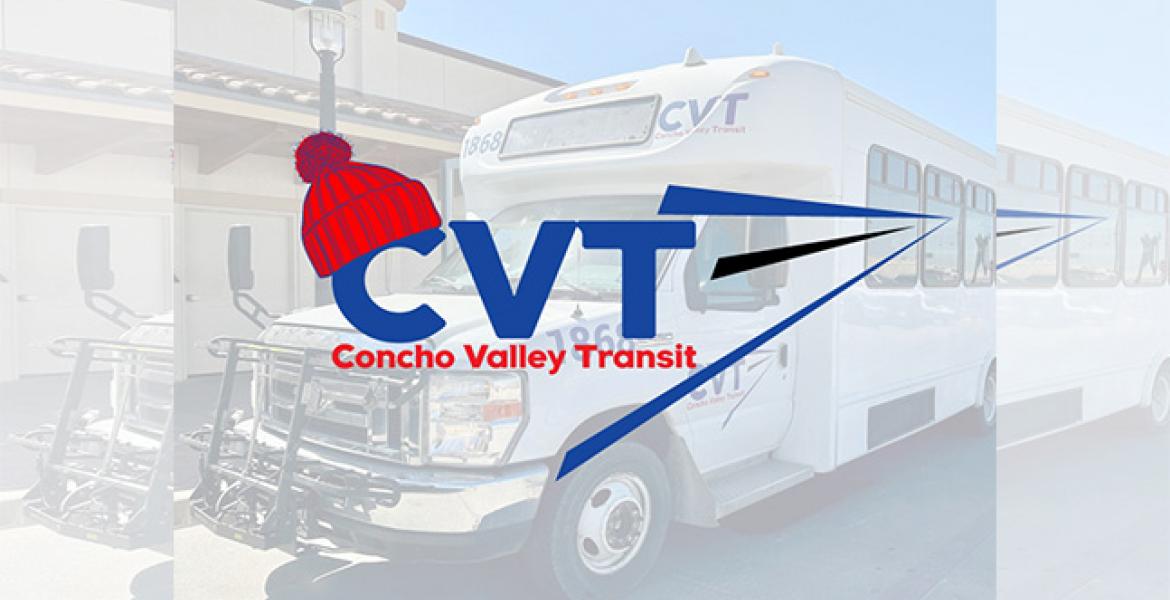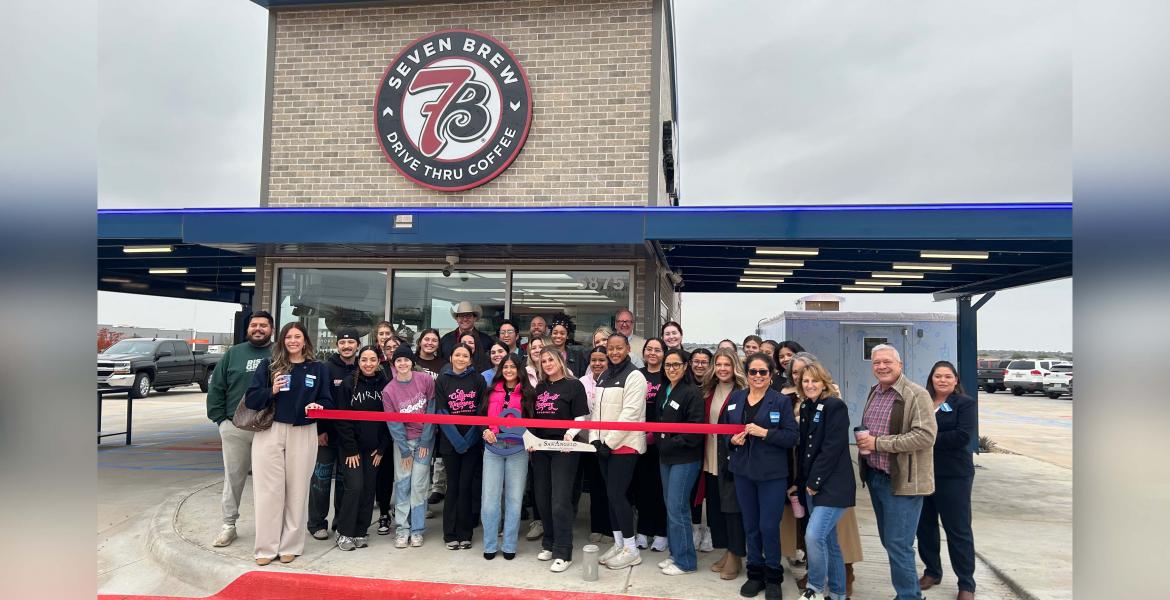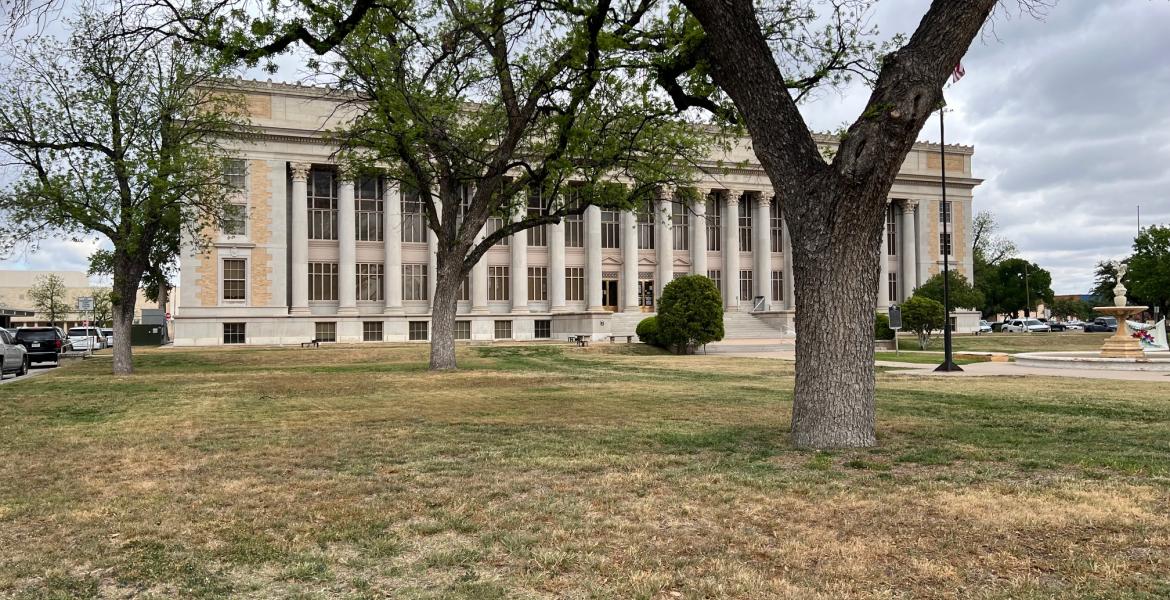The Housing Authority of San Angelo (HASA) provides rental assistance to low income families. According to HASA’s website, “It is our privilege to serve the families of San Angelo, Tom Green County, and the surrounding counties. It is our mission to provide quality, affordable housing to income eligible families while offering opportunities to achieve self-sufficiency and economic independence.”
The organization owns 174 houses as part of its public housing program and 224 units through Desert Shadows Apartments. The nonprofit also purchased 12 houses from the city, 10 of which are for the elderly and handicapped.
“I think [public housing is] important, especially right now because of the economy,” said HASA Executive Director Becki Salandy. “The oil boom is kind of slowing down. We have some families out there [who] are hardworking families and need a decent place to live. This way, the rental rates are based on their income, so we can help them until they get back on their feet as long as they need it.”
Those who take part in HASA’s public housing program are responsible for paying 30 percent of their adjusted income towards rent. In other words, 30 percent of the money that is not spent towards paying expenses such as childcare, medications, and the like is required to go towards housing.
“If you start paying more than 30 percent of your income towards housing, you get lopsided real quick,” HASA Deputy Director Amanda Cruz said. “So that keeps that down for them.”
HASA provides 60 units exclusively for the elderly, and also supports many single-parent families.
History
Salandy said that San Angelo Housing Authority was established in 1975. Members of the organization, originally under the city government, began work by applying for grants for HUD to build the first public housing units.
“[We eventually] separated from the city and became our own municipality,” Salandy said. “We still work alongside the city. The mayor appoints our board, and we’re still tied in with them in some ways. I think we still work well with them.”
The Voucher Program
HASA is allocated about 808 vouchers from Housing and Urban Development (HUD). According to Salandy, HUD funded $3,342,968 for the vouchers in San Angelo.
“We’re always looking to add more landlords to our voucher program,” Cruz said. “The way that works is it’s tied to the tenant, so the tenant has this voucher, and they have set limits based on their income. They can go find a unit to rent; they pay a portion to the landlord and we pay a portion to the landlord. So without those landlords, that program would not be successful.”
HASA has enough funding to house 88 percent of the vouchers that they have, Salandy said.
“Because of the rental rates here in San Angelo right now, the other 12 percent, we can’t lease that up because we don’t have the funding for it,” Salandy explained. “Of course, every year, the more that we stay fully leased, we’re hoping to get more funding. As we get more funding, we lease those up immediately. The more funding we receive, the more families we can help. But right now, we’re spending over 100 percent of our funding, so we don’t have any room to take on more.”
Family Self-Sufficiency
The families participating in HASA’s Family Self-Sufficiency (FSS) program has almost doubled over the last year. This program is intended to educate families on how to be welfare-free and no longer need public assistance.
“It’s a voluntary program for the families, so it’s people [who] are really wanting to improve their lives,” Salandy said. “We can outline some barriers for them and help them achieve that.”
In order to participate in the program, the head of the household must sign a five year contract that specifies the goals for the family according to HASA’s website. In return, HASA maintains the family’s escrow account, provides referral services to local agencies, and helps the family identify their financial obstacles.
“The great thing about FSS is it’s designed to help families be welfare-free and get off of public assistance,” Salandy said. “Of course, we want to help the family buy the house rather than be renting it.”
Success and Growth
In regards to HASA’s success, Salandy said that the organization was a high-performer for their low rent and public housing programs in 2015. Furthermore, both Salandy and Cruz were adamant about the efficiency of the HASA staff.
“We have a hardworking team here,” Cruz said. “With the normal turnover, we probably service 1,000 to 2,000 families a year, if not more. So we have a major impact.”
Cruz also said the non-profit is audited annually and the results “have always come back well.” HASA also held a family fun day in June. The organization is steadily modernizing the public housing units, making them more energy efficient as they get the needed funding.
“This upcoming year, we’re replacing all the windows in the elderly units, and, after we’ve done that, all of the units will have new windows and doors,” Salandy said. “So we’ll probably be looking into where to focus next for that.”
According to Salandy, “We’re always looking for growth opportunities.” If a potential tenant or landlord is interested in working with HASA, visit its website or call 481-2500. The waiting list for rental assistance is currently at 6-8 months, which Salandy said is lower than usual. The organization works with local families before taking on cases from out of the city.
Subscribe to the LIVE! Daily
Required






Post a comment to this article here: